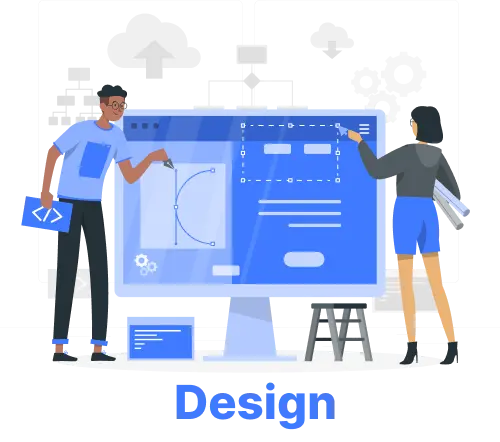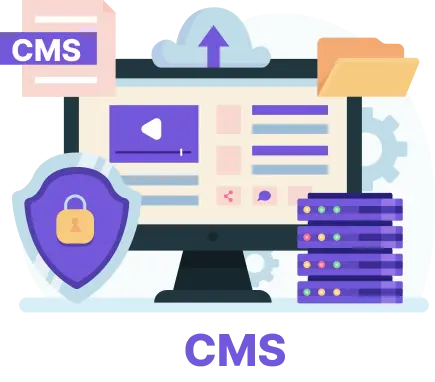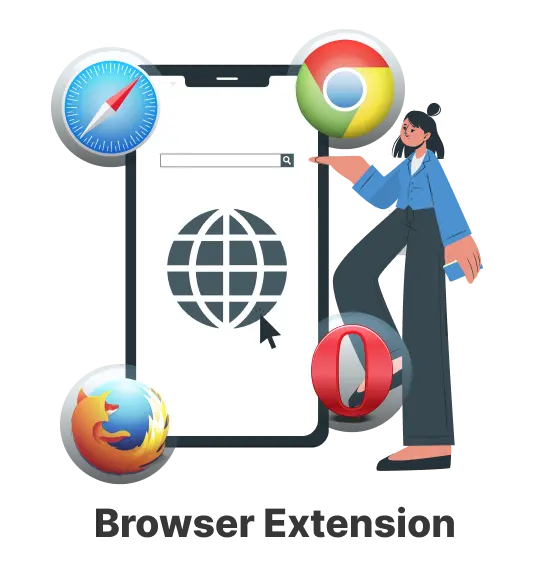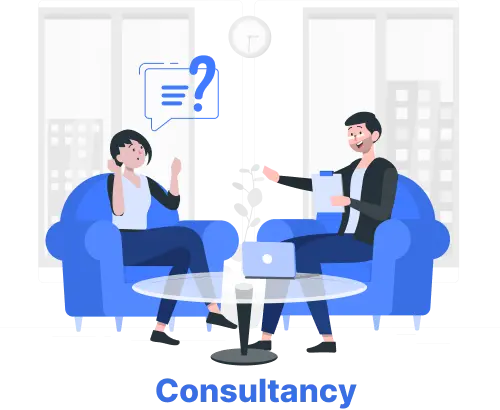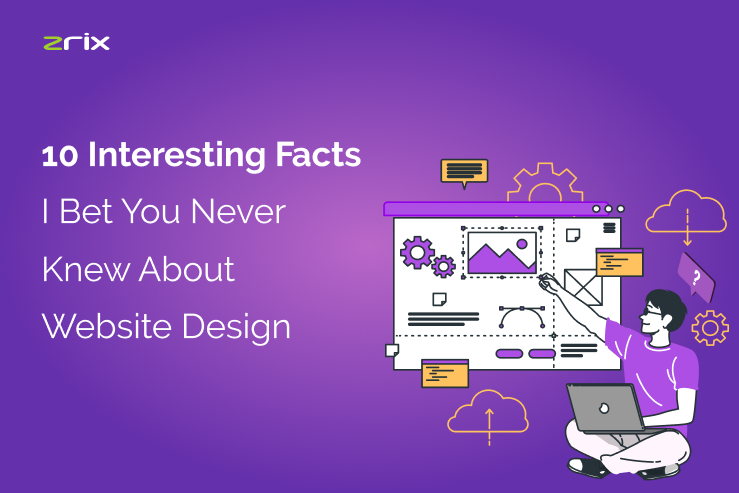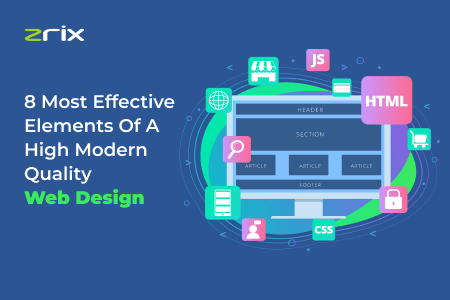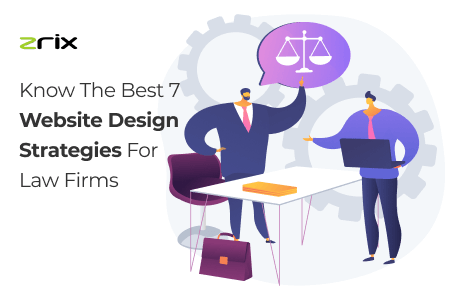The Future of UI/UX Design

Introduction
One of the key trends that will influence UI/UX design is the increasing adoption of voice user interfaces (VUI). With the rise of smart speakers, virtual assistants, and voice-controlled devices, designers. We Will need to create intuitive and seamless experiences that cater to voice commands.
Mobile devices continue to dominate internet usage, UI/UX designers must rank creating. Responsive and interfaces this involves designing for smaller screens, optimizing touch interactions. Enable more complex and immersive experiences on mobile devices, further influencing UI/UX design.
The emergence of augmented reality (AR) and virtual reality (VR) technologies will also have a significant impact on UI/UX design. These technologies offer new possibilities for creating immersive and interactive experiences. Designers will need to consider spatial interactions, 3D elements, and intuitive gestures. to create seamless AR/VR interfaces that enhance user engagement and immersion.
Artificial intelligence (AI) and machine learning (ML) will also play a significant role in the future of UI/UX design. These technologies can analyze user behavior, preferences, and patterns to personalize. Optimize the user experience Designers will need to leverage AI/ML algorithms.
Table of Content
AI-Powered Personalization
Artificial intelligence (AI) and machine learning will play a significant role. Role in customizing user experiences AI algorithms will analyze user behavior. Preferences to deliver personalized content, recommendations, and interfaces in real-time.
Voice and Natural Language Interfaces
Voice user interfaces (VUIs) and natural language processing will become more prevalent. especially with the growing use of smart speakers and virtual assistants. Designers will need to create intuitive voice-driven interactions and interfaces.
Immersive Technologies
Augmented Reality (AR) and Virtual Reality (VR) will continue to evolve, offering new dimensions for UI/UX designers. Designing for immersive experiences, 3D interfaces, and spatial interactions will become more common.
Gesture-Based Interfaces
With advancements in gesture recognition technology, touchless and gesture-based interfaces will gain popularity. This will need designers to create intuitive and natural gesture interactions.
IoT
As the Internet of Things (IoT) ecosystem expands and wearable devices. to become more sophisticated designers will need to create seamless multi-device users. experiences that connect and interact with various devices and sensors.
Accessibility
There will be a growing emphasis on designing for accessibility. and inclusivity ensuring that digital interfaces are usable by people of all abilities. This includes compliance with WCAG (Web Content Accessibility Guidelines) and other accessibility standards.
Microinteractions
Microinteractions, small design elements that provide feedback. and enhance usability, will continue to be important. Designers will focus on refining these subtle interactions to improve user experiences.
Data Privacy
With increasing concerns about data privacy, UI/UX designers. will need to incorporate transparent and privacy settings and notifications into their designs.
Minimalism
Minimalistic design approaches will persist, emphasizing clean and clutter-free interfaces. But, designers will also need to balance minimalism with providing enough information and functionality.
Ethical Design
There will be a greater emphasis on ethical design practices. including addressing issues like dark patterns, addiction-inducing designs. and the responsible use of persuasive design techniques.
Multimodal Interfaces
Combining different interaction modes, such as touch, voice, and gesture. Will become more common designers will need to create interfaces that. switch between these modalities based on user preferences and context.
Continuous Learning
UI/UX designers will need to stay updated. with evolving technologies and user behaviors Continuous learning. and adaptability will be essential for staying relevant in the field.
Conclusion
Technology continues to advance at an unprecedented pace, the realm of UI/UX (User Interface/User Experience). Poised to undergo a dynamic transformation this transformation will be driven by a multitude of factors. Including technological progress, shifts in user conduct, and evolving societal norms. Technological progress plays a crucial role in shaping the future of UI/UX.
The rise of AR and VR technologies will need designers to create immersive and interactive. Experiences that blend the physical and digital worlds. The integration of AI into user interfaces will need the development of intelligence and intuitiveness. Systems that can understand and respond to user needs in real-time.
Also to technological progress, shifts in user conduct also contribute to the evolving landscape of UI/UX. For example, the increasing prevalence of mobile devices has led to a greater emphasis on responsive design. Ensuring that user interfaces are optimized for various screen sizes and orientations. Evolving societal norms have a significant impact on UI/UX design. Society becomes more diverse and inclusive, designers must consider accessibility in their designs.
This involves designing interfaces that are accessible to individuals with disabilities. considering the needs of different cultural backgrounds and languages. Ethical considerations are becoming important in UI/UX design, with designers. being expected to focus on user privacy, data security, and transparency. Crafting impactful and efficient user experiences By staying informed about technological advancements. Understanding shifting user behavior, and embracing evolving societal norms.

